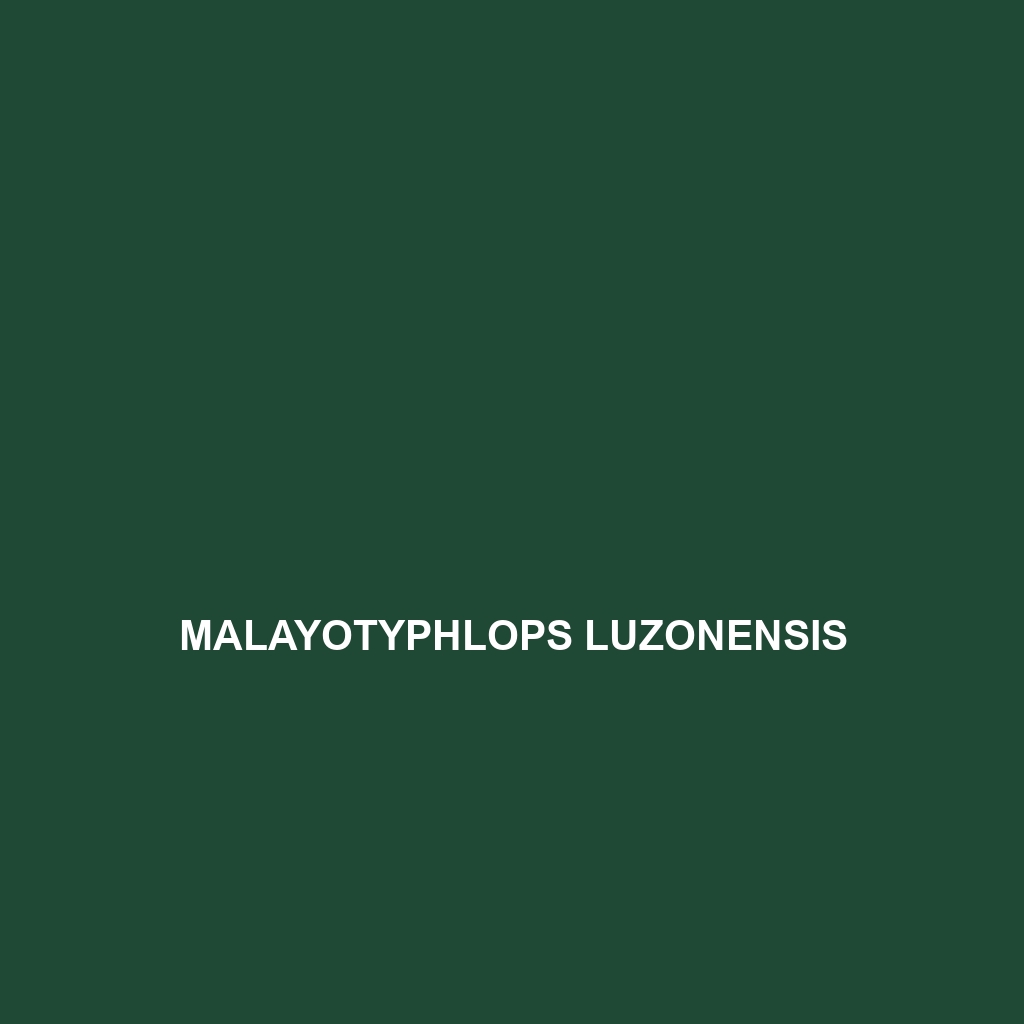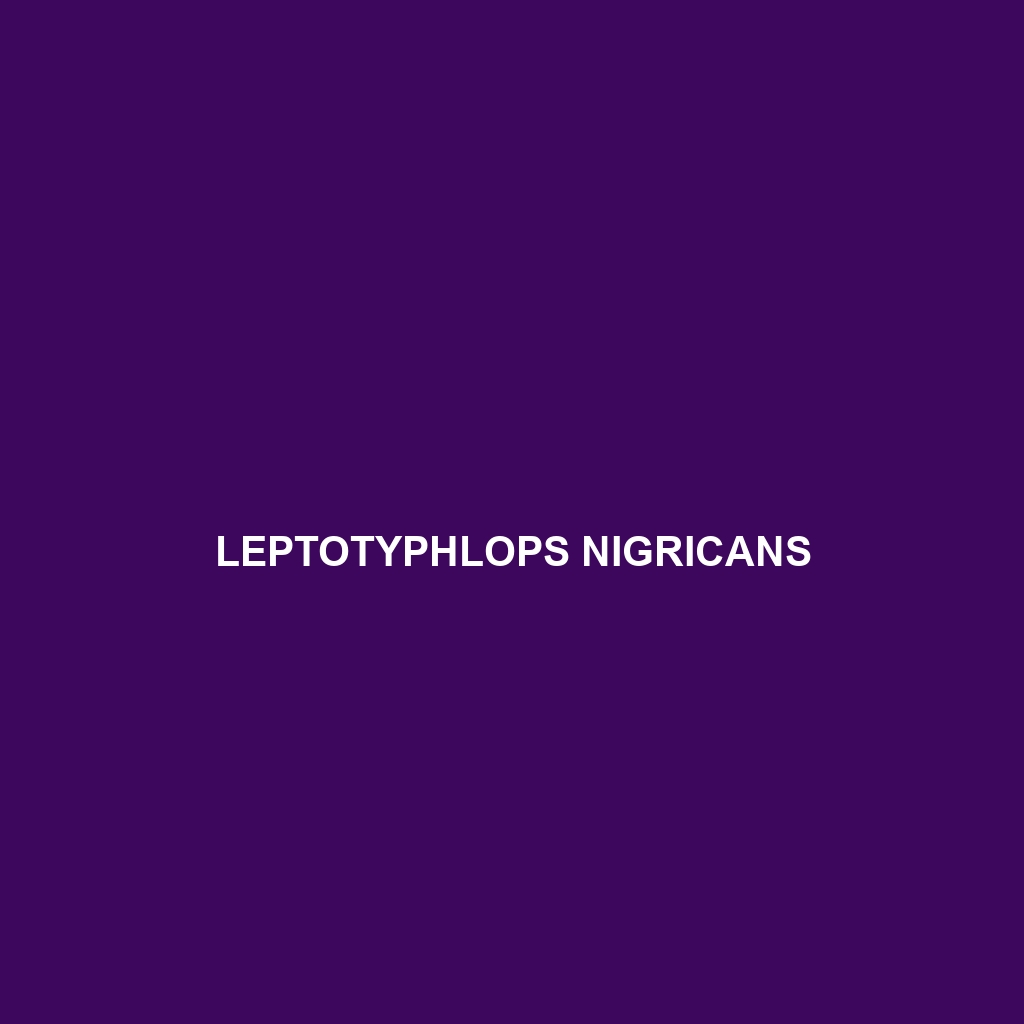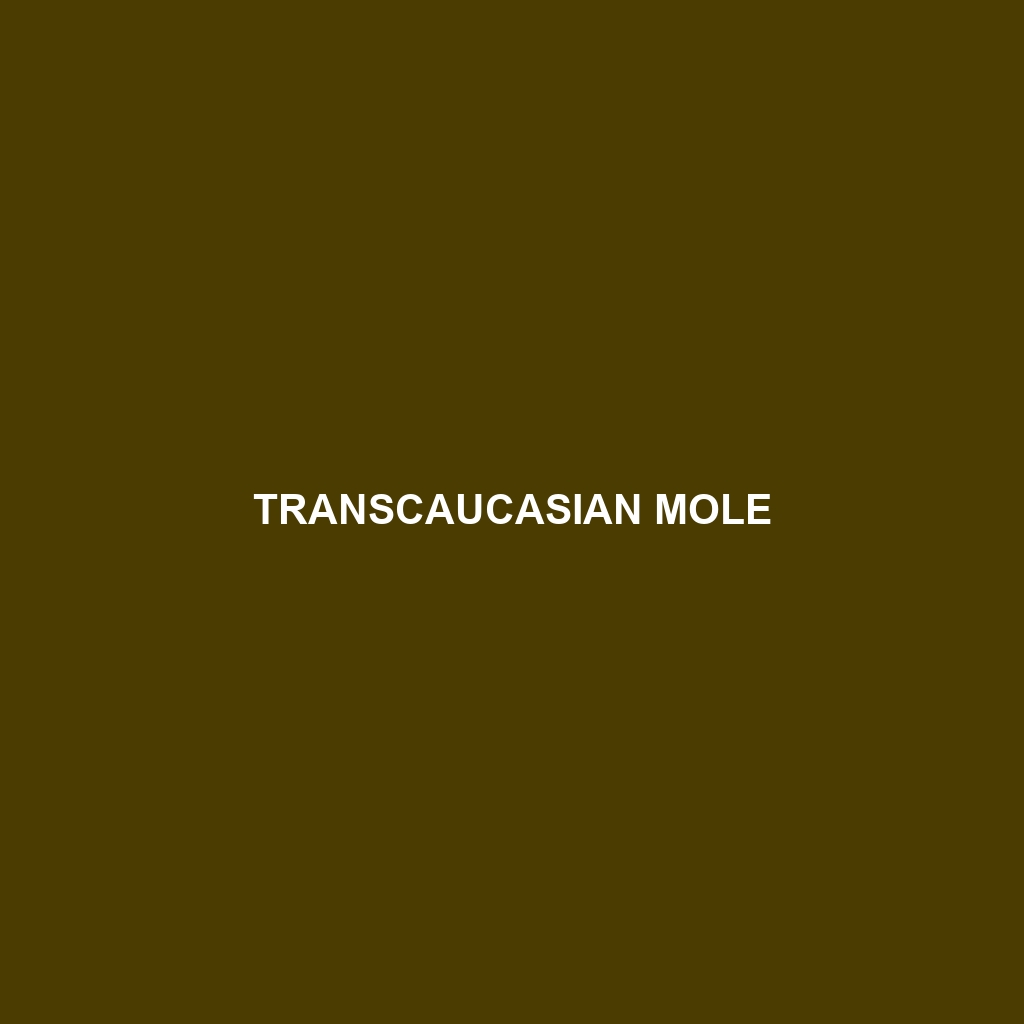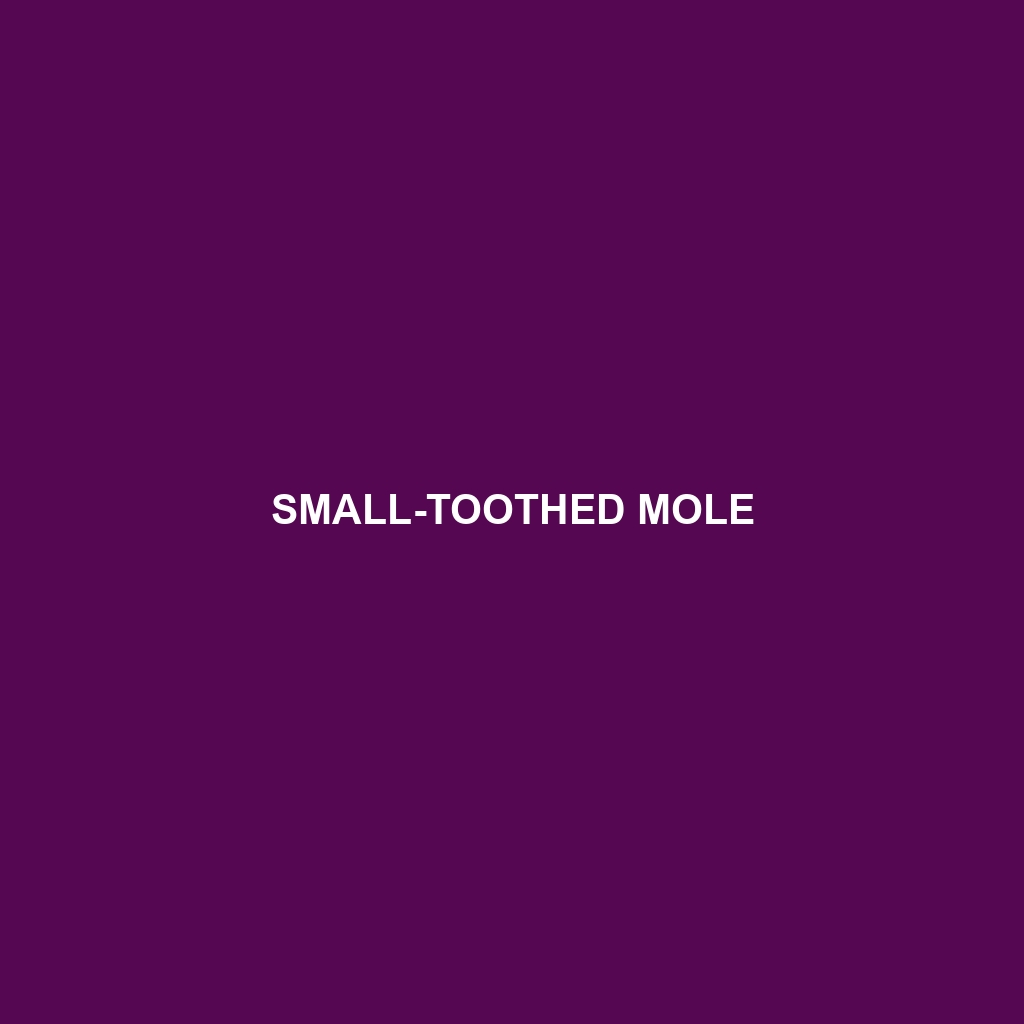<p><b>Malayotyphlops luzonensis</b> is a medium-sized, burrowing snake native to the rainforests of Luzon, Philippines. Adapted for a nocturnal lifestyle, this insectivorous species plays a crucial role in the soil ecosystem through its diet of soil invertebrates and contributes to soil health and nutrient cycling.</p>
Tag: soil invertebrates
Leptotyphlops nigricans
<p><b>Leptotyphlops nigricans</b>, known as the black thread snake, is a slender, nocturnal reptile found in Africa's rainforests and savannas. This fossorial species plays a crucial role in its ecosystem by preying on small invertebrates like ants and termites, while also contributing to soil aeration through its burrowing habits.</p>
Anilios centralis
Discover the Anilios centralis, a slender, nocturnal snake native to central Australia, known for its burrowing lifestyle and distinctive light brown to pale yellow coloration with dark spots. This fascinating species plays a crucial role in its ecosystem by preying on soil invertebrates and thrives in arid, semi-arid habitats, primarily found in sandy plains and rocky outcrops.
Transcaucasian Mole
Discover the fascinating world of the Transcaucasian Mole, a small yet vital mammal found in the lush forests and grasslands of the South Caucasus. With its exceptional burrowing abilities and nocturnal lifestyle, this mole plays a crucial role in soil aeration and pest control, while facing the threat of habitat loss. Learn about its unique adaptations, diet, and the importance of conservation efforts to protect this vulnerable species.
Small-toothed Mole
Discover the intriguing world of the **Small-toothed Mole**, a nocturnal burrower native to the moist woodlands and meadows of North America. With its distinctive tapered snout and small conical teeth, this solitary creature plays a vital role in maintaining soil health by aerating the ground and controlling invertebrate populations. Learn more about its habitat, diet, and fascinating adaptations that aid in its survival underground.




